Tools for mineral identification include hand lenses (lower left), a penny for testing hardness (center), a streak plate (lower right), and an identification guidebook (top).
Click on image for full size
Windows to the Universe
Books to Help You Identify Minerals and Rocks!
Are you going out to search for rocks and minerals?
How will you know what types you have found?
Identification guidebooks for rocks and minerals can be very helpful.
Pick one that has nice color pictures and language you can understand. Look for the titles below at a bookstore or library near you!
There are many books that are good for overall identification of rocks and minerals including:
- National Audubon Society Field Guide to North American Rocks and
Minerals by Charles Wesley Chesterman
- Handbook of Rocks, Minerals and Gemstones by Walter
Schumann
- Rocks and Minerals (Smithsonian Handbooks) by Chris Pellant and
others.
There are rock and mineral identification books for kids such as:
- Peterson First Guide to Rocks and Minerals by Frederick
Pough
- Rocks and minerals of the world by Michael O'Donoghue and
others
Last modified April 18, 2003 by Lisa Gardiner.
You might also be interested in:
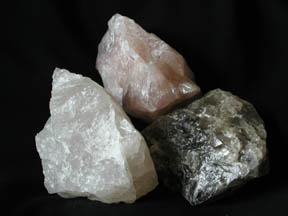
Each type of mineral is made of a unique group of elements that are arranged in a unique pattern. However, to identify minerals you don’t need to look at the elements with sophisticated chemical tests.
...more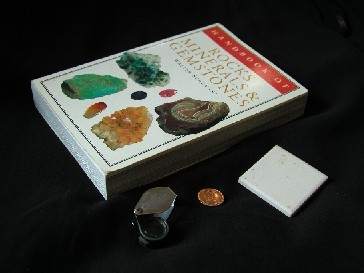
Stick the following items into a small bag so that you can take them with you whenever you go hunting for minerals. Hand lens is helpful for identifying small mineral crystals or fossils. A small, white
...more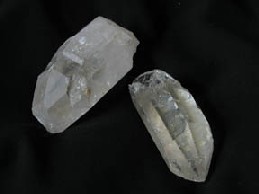
Quartz is the second most common mineral in Earth’s crust. It is a member of the quartz group, which includes less common minerals such as opal, crystobalite, and coesite. Silica (Si) and Oxygen (O) are
...more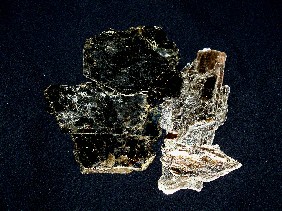
Mica minerals make some rocks sparkle! They are often found in igneous rocks such as granite and metamorphic rocks such as schist. They sparkle because light is reflected on their flat surfaces, which
...more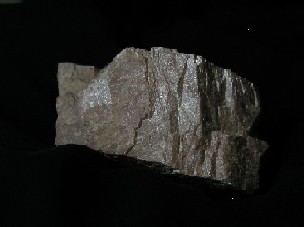
Feldspar is the most common mineral in the Earth’s crust, so you are very likely to find it in the rocks you collect! It is found it all of the three rock types, but is most common in intrusive igneous
...more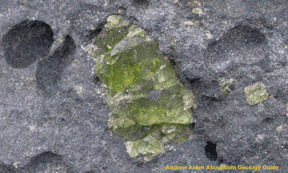
Olivine looks like little green crystals. It is typically found in some igneous and metamorphic rocks. Often the crystals are so small that you need to use your hand lens or magnifying glass to see them
...more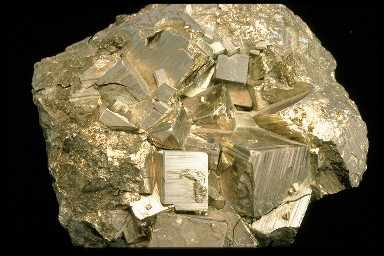
So far, over 2000 minerals have been found, and every year new ones are discovered. This is a pretty overwhelming number of different types of minerals, however, you don't need to know them all to be
...more














